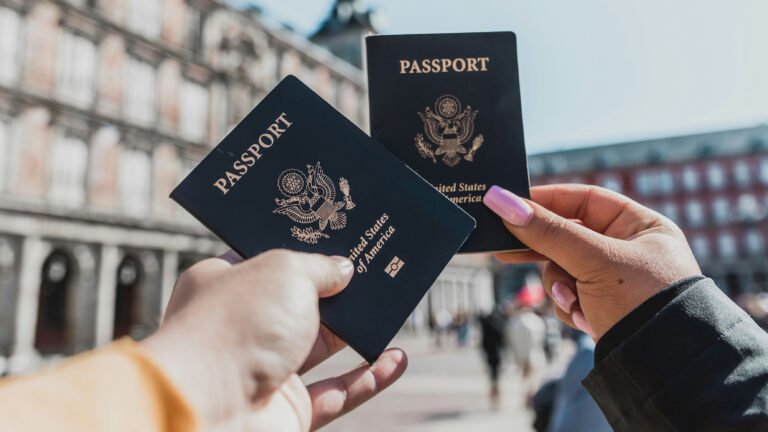A Guide to African Languages Listed by Country
Introduction
Africa, with its rich linguistic diversity, is home to thousands of languages spread across its vast continent. From the Arabic-influenced languages of North Africa to the Bantu languages of Central and Southern Africa, the linguistic landscape of Africa is as varied as its cultures and landscapes. Understanding the languages spoken in each African country provides insight into its history, culture, and people. In this guide, we explore the linguistic diversity of Africa by examining languages spoken in various countries across the continent which will help you plan your safari well.
North Africa:
- Morocco: Arabic (Standard Arabic and Moroccan Arabic) and Berber (Tamazight) are the primary languages spoken in Morocco. French is also widely used, particularly in business and education.
- Algeria: Arabic (Standard Arabic and Algerian Arabic) and Berber (Tamazight) are the official languages of Algeria. French is also widely spoken and used in government and education.
- Tunisia: Arabic (Tunisian Arabic) is the official language of Tunisia. French is also commonly spoken, especially in business and education settings.
- Libya: Arabic (Libyan Arabic) is the official language of Libya. Berber languages are also spoken by some communities.
- Egypt: Arabic (Egyptian Arabic) is the official language of Egypt. Egyptian Arabic is widely spoken, while Modern Standard Arabic is used in formal settings. English and French are also commonly spoken, especially in urban areas and among the educated population.
West Africa:
- Nigeria: Nigeria is linguistically diverse, with over 500 languages spoken across the country. The major languages include Hausa, Yoruba, Igbo, and English (as the official language). Hausa, Yoruba, and Igbo are widely spoken in their respective regions and serve as lingua francas alongside English.
- Ghana: English is the official language of Ghana and is used in education, government, and business. Akan, including Twi and Fante, is one of the most widely spoken indigenous languages in Ghana.
- Senegal: Wolof is the dominant language in Senegal and serves as a lingua franca. French is the official language and is used in government, education, and media.
- Mali: Bambara is the most widely spoken language in Mali and serves as a lingua franca. French is the official language and is used in education, government, and media.
- Ivory Coast (Côte d’Ivoire): French is the official language of Ivory Coast. Indigenous languages such as Baoulé, Dioula, and Akan are also spoken.
Central Africa:
- Cameroon: Cameroon is linguistically diverse, with over 200 languages spoken. English and French are official languages, while indigenous languages such as Fulfulde, Ewondo, and Duala are also spoken widely.
- Democratic Republic of the Congo (DRC): French is the official language of the DRC. Lingala, Swahili, and Kikongo are among the indigenous languages spoken in different regions of the country.
- Republic of the Congo: French is the official language of the Republic of the Congo. Indigenous languages such as Lingala and Kituba are also spoken.
- Central African Republic (CAR): French is the official language of CAR, while Sango is the national language and serves as a lingua franca.
- Chad: Arabic and French are the official languages of Chad. Chadian Arabic and various indigenous languages are also spoken.
East Africa:
- Kenya: Kenya is linguistically diverse, with Swahili and English as official languages. Swahili serves as a lingua franca, while indigenous languages such as Kikuyu, Luo, and Luhya are also spoken.
- Ethiopia: Ethiopia is home to over 80 languages, with Amharic serving as the official language. Oromo, Tigrinya, and Somali are also widely spoken.
- Tanzania: Swahili and English are the official languages in Tanzania. Swahili is widely spoken across the country, while indigenous languages such as Sukuma and Chaga are also prevalent.
- Uganda: English is the official language of Uganda, while Swahili is also widely spoken, especially in urban areas. Indigenous languages such as Luganda and Runyankole are also spoken.
- Rwanda: Kinyarwanda is the official language of Rwanda, while English and French are also spoken. Swahili is increasingly being taught and used in business and trade.
Southern Africa:
- South Africa: South Africa has 11 official languages, including isiZulu, isiXhosa, Afrikaans, and English. Zulu and Xhosa are the most widely spoken indigenous languages.
- Zimbabwe: English, Shona, and Sindebele are the official languages of Zimbabwe. Shona and Sindebele are the most widely spoken indigenous languages.
- Botswana: English and Setswana are the official languages of Botswana. Setswana is the most widely spoken indigenous language.
- Namibia: English is the official language of Namibia, while Oshiwambo, Otjiherero, and Nama/Damara are also widely spoken.
- Mozambique: Portuguese is the official language of Mozambique, while indigenous languages such as Makhuwa and Tsonga are also spoken.
In conclusion
The linguistic diversity of Africa is a testament to its rich cultural heritage and history. Each country’s languages reflect its unique identity and contribute to the continent’s vibrant tapestry of cultures. Understanding the languages spoken in each African country is essential for fostering communication, promoting cultural exchange, and appreciating the continent’s rich diversity – this is what makes a good safari guide.






